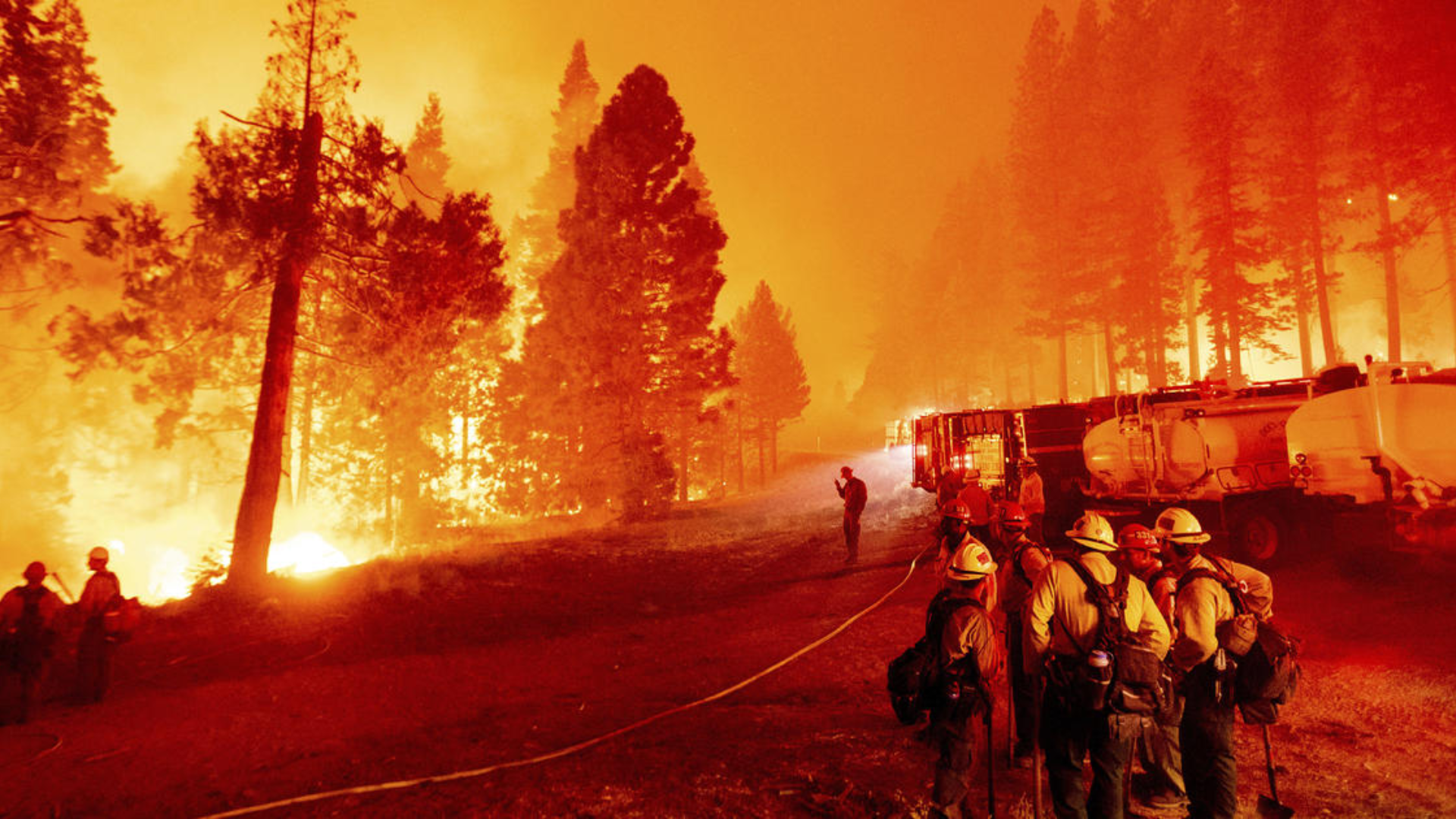As high temperatures continue to persist, the threat of wildfires looms large for communities across the state. In the face of this growing risk, consumers must take proactive measures and join forces with organizations like the Department of Insurance to protect themselves and their properties. Commissioner Lara’s Safer from Wildfires initiative has laid out a comprehensive approach to wildfire resilience, emphasizing three layers of protection – for structures, immediate surroundings, and the community. In this blog, we will explore the steps individuals can take right now to prepare for wildfire risks and the collective efforts that can help create safer and more resilient communities.
PREPARING FOR FIRE RISK
The first line of defense against wildfires begins with individual preparedness. By taking a few simple steps, you can significantly improve your chances of staying safe and protecting your belongings.
- Perform a Home Inventory: Use your smartphone to create a detailed record of your belongings, including valuable items, furniture, and electronics. Store scans of important documents in an easily accessible online location.
- Safeguard Insurance Papers: Locate your insurance papers and keep them in a secure place. Alternatively, consider uploading them to a secure online location to ensure easy access during emergencies.
- Consider Comprehensive Auto Insurance: In wildfire-prone regions, comprehensive auto insurance can be a lifesaver, protecting your vehicle in the event of a wildfire-related incident.
- Create an Evacuation Plan: Collaborate with your family to develop a well-thought-out evacuation plan. Know the escape routes and emergency meeting points to ensure a swift and safe evacuation should a wildfire strike. Remember the Six P’s in case immediate evacuation is required.
DOING YOUR PART – THE SAFER FROM WILDFIRES APPROACH
While individual preparedness is vital, a truly effective defense against wildfires requires collective action. Homeowners can play a pivotal role in safeguarding their homes and communities by adopting the Safer from Wildfires approach. Here are 10 steps you can take to protect your home and potentially save on insurance (The first three are the low-cost steps you can take today):
- Keep Embers Out: Install non-combustible, corrosion-resistant metal mesh screens over attic vents (1/16 to 1/8 inch in size) to prevent wind-blown embers from entering your home.
- Clear the First 5 Feet: Create a defensible space around your home by removing flammable vegetation and replacing wood chips with stone or decomposed granite within a 5-foot radius. This acts as a barrier against the spread of fire.
- Be Safer Together: Communities can join the Firewise USA program, which encourages collective action to enhance wildfire safety. With a simple action plan, even small communities can make a significant difference in preventing wildfires.
- Class-A Fire-Rated Roof: Your roof is your first defense against wildfire embers. Ensure your roof is Class-A fire rated, meaning it provides the highest level of fire resistance. Roofs made of asphalt shingles, concrete, brick, masonry tiles, and metal shingles or sheets generally qualify. However, avoid wood shake shingles, as they lack the required fire-resistant rating. You can check the Office of the State Fire Marshal’s website for a list of tested and approved materials.
- Non-Combustible Exterior Walls: Ensure there is a minimum of 6 vertical inches of non-combustible material measured from the ground up and from any attached horizontal surface, such as a deck, to prevent embers from accumulating and igniting your walls. Noncombustible materials like brick, stone, fiber-cement siding, or concrete are recommended for this purpose.
- Enclosed Eaves: Installing soffits under your eaves can prevent heat and embers from getting trapped and igniting, providing an additional layer of protection. Use non-combustible or ignition-resistant materials when enclosing eaves.
- Upgrade Windows: Multi-paned windows offer better resistance to breaking during a wildfire, making it more difficult for flames to enter your home. Consider upgrading your windows with multi-paned glass or adding shutters for added protection.
- Clear Vegetation and Debris from Under Decks: Make sure to clear away vegetation, weeds, and debris from the area under your decks. Use noncombustible materials such as concrete, gravel, or bare soil in this space.
- Remove Combustible Sheds and Outbuildings: Move any combustible sheds, gazebos, accessory dwelling units (ADUs), open covered structures with solid roofs, dog houses, and playhouses to a distance of at least 30 feet from your home.
- Defensible Space Compliance: Stay informed about state and local laws requiring defensible space around your property. Trim trees, remove brush, and clear debris from your yard to create a buffer zone that helps reduce the spread of wildfire.
ADDITIONAL STEPS FOR COMMUNITY SAFETY
In addition to the Safer from Wildfires approach, there are other important steps to take:
- Swift Evacuation: When authorities issue evacuation orders, don’t hesitate. Be prepared to evacuate immediately and know what to do if you find yourself trapped in a dangerous situation.
- Stay Informed: Sign up for text alerts about wildfires in your area and be familiar with your community’s emergency response plan, evacuation orders, and designated evacuation centers.
- Support Your Community: Check in on friends and family, especially those who might need assistance during emergencies.
For more details, check these websites:
Prepare for Wildfire – Ready for Wildfire
Learn how to Start a Firewise Community
References:
California Department Insurance. URL: www.insurance.ca.gov
Office of the State Fire Marshal. URL: www.osfm.fire.ca.gov

 Facebook
Facebook
 X
X
 Pinterest
Pinterest
 Copy Link
Copy Link

